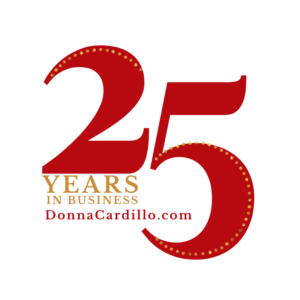

The written word, when used well, is a powerful form of communication. Writing is an effective way to express yourself, influence others, inform or explain, persuade, entertain, and inspire. Whether you’ve always had an interest in writing or avoided it like the plague as I did for years, there are several steps you can take to develop your own writing ability.
Start by studying the craft. Good writing takes experience and know-how. There is both an art and a science to it. The science is good grammar and the “rules” for articles, essays, and letters. The art is the colorful and effective phrasing that captures readers. Both can be learned by reading related books, taking courses and workshops on the subject, and speaking with experienced writers. Go to the public library and search for books on topics such as how to write an effective article, the art of persuading on paper, and rules of good grammar and composition writing. Consider taking a writing workshop where you’re required to share your work and receive feedback, critiques, and advice. Subscribe to writing journals. Join a writers’ group. Contact an author whose work you admire and ask for some tips and advice.
Write for yourself, write for others… just write.


